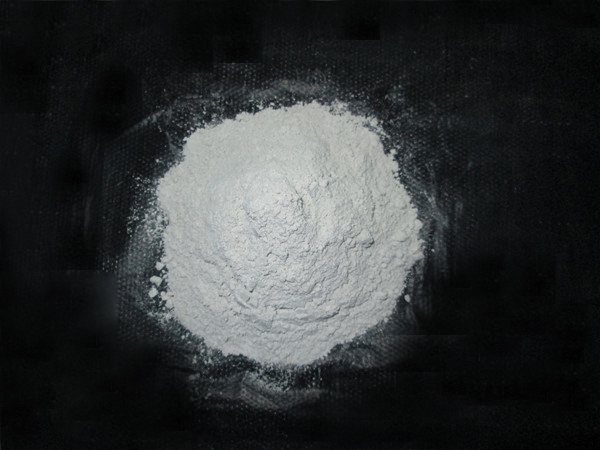High specific surface calcium hydroxide production process
Calcium hydroxide, also known as slaked lime, is a chemical compound that is commonly used in various industrial applications, such as water treatment, construction, and agriculture. One important characteristic of calcium hydroxide is its high specific surface area, which allows it to be more reactive than other forms of calcium compounds. Here are the basic steps involved in producing high specific surface calcium hydroxide:
Calcium oxide (also known as quicklime) is typically used as the starting material for producing calcium hydroxide. Calcium oxide is obtained by heating calcium carbonate (such as limestone) to high temperatures in a kiln.

The calcium oxide is then hydrated with water to produce calcium hydroxide. This reaction is highly exothermic and generates a lot of heat.
To increase the specific surface area of the calcium hydroxide, a high shear mixer is used to mix the slaked lime with water. This process helps to break down the particles and create a more uniform particle size distribution.
The slurry is then pumped into a spray dryer, where it is rapidly dried using hot air. The dried calcium hydroxide particles are collected in a cyclone separator.

The final step is to screen the dried calcium hydroxide particles to remove any oversized or undersized particles. The screened particles are then packaged and shipped to customers.
Overall, the process of producing high specific surface calcium hydroxide involves several steps, including hydration, mixing, drying, and screening. The end result is a product that is more reactive and useful in a variety of industrial applications.


